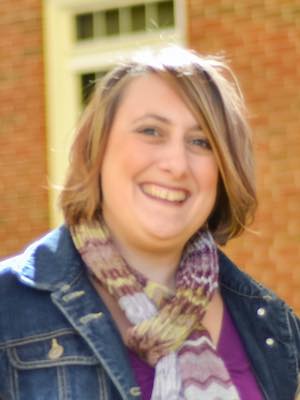A series of tornados ripped through Oklahoma in 2013 causing extensive amounts of damage and leaving many without homes, cars and possessions.
Stories about the tornados were all over the news and headlines so inevitably my daughters, ages 9 and 7, heard all about it. As you might suspect, there were lots of questions and concerns expressed.
On the way into school one morning, my daughters began asking about the people whose homes were damaged or destroyed. Where are they going to live? What about all of the kids who lost their toys?
I answered as best I could and then I “tuned out” their conversation until one of my daughters said, “OK, Mom, we figured out what we can do: We’re going to hold a toy drive and we are going to gather toys and send them to the kids in Oklahoma.”
They shared that they would talk to their teachers and friends about donating toys and offered to give half their toys away.
“Girls, I love your hearts so much, but it’s just not that simple,” I said.
One of my daughters replied, “Yes it is, Mom. It’s that simple. We just have to help them.”
A friend in Oklahoma put in me in touch with a local church that worked with a great number of kids who had lost everything, and we had an official toy drive up and running.
We sent brand new toys to Oklahoma along with new Bibles for all the kids, and FedEx even took care of the shipping costs.
The church sent pictures of the children who were welcomed to the gym and given the chance to get five new toys to replace their lost ones, along with Bibles and cards that were written from kids in Pennsylvania to those in Oklahoma who needed some love.
I’m still “friends” on Facebook with those who I’ve never met in person but who helped to make this moment a reality for all the children involved.
I tell this story because I bet many of us have heard our children ask the question, “What can we do?”
They’ve heard about the hurricanes, the floods, the fires and the families who have lost everything, and they wonder what affect they can have on this world. The worst answer we can give is “Nothing.”
If we can give our kids a place, a role, a part to play that lets them know that what they do to help others matters, then we give them much more than that – we give them a way to put their faith into action, to love the least and to reach out to those most in need.
I’m not suggesting that we just grab a bunch of stuff and send it to places in need. We’ve all seen the posts on social media about the “help” that is not truly help.
Our toy drive was done in conjunction with a church that was reaching a specific group of children in need. There was a lot of communication and preparation to ensure that we didn’t send unneeded help.
Here are three ideas that you might be able to involve your kids in when they ask, “What can we do?”
1. Give financially.
There are many relief organizations, most tend to be faith-based, that are doing the work on the ground but need funds to operate. Check and see if your denomination or church has a group that works in disaster relief.
If you choose to support them monetarily, let your kids be a part of that; see if they want to give a dime or a dollar. Let them know where you are sending your money and why. Allow them the opportunity to be discipled in what it is to be a generous giver.
2. Pray consistently.
Sometimes it’s easy to pray in the moment or at the time when need is the greatest, but what if you decided as a family that you would pray for a year for a region or for those affected by a disaster?
During that time, look for stories to show how God is answering your prayers. Talk together about how prayer is something always available to us no matter what is going on.
3. Serve responsibly.
Perhaps there is a way that you can be part of a hands-on approach to disaster relief through something like a food or toy drive or by actually going and helping.
Churches in the area affected are a good place to start with that. Usually their websites will give you information about what they are doing and how to help, and often times there is a number to call if you want to get more details.
The more important thing is that we take the time to be prepared to answer the question, “What can we do?” because eventually they will ask it.
Offering tangible ways to help will teach them more about what it means to be the hands and feet of Christ in the world today.
Christina Embree is a church planter with Plowshares Brethren in Christ in Lexington, Kentucky. She is a graduate of Wesley Seminary with a Master of Arts degree in ministry focusing on family, youth and children’s ministry. A longer version of this article first appeared on her website, Refocus Ministry, and is used with permission. You can follow her on Twitter @EmbreeChristina.
A church planter with Plowshares Brethren in Christ in Lexington, Kentucky, she is a graduate of Wesley Seminary with a Master of Arts degree in ministry focusing on family, youth and children’s ministry.

